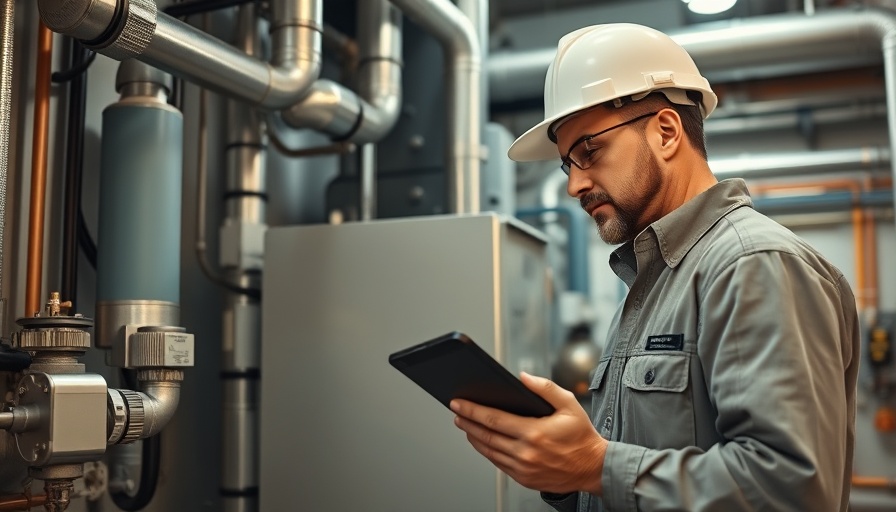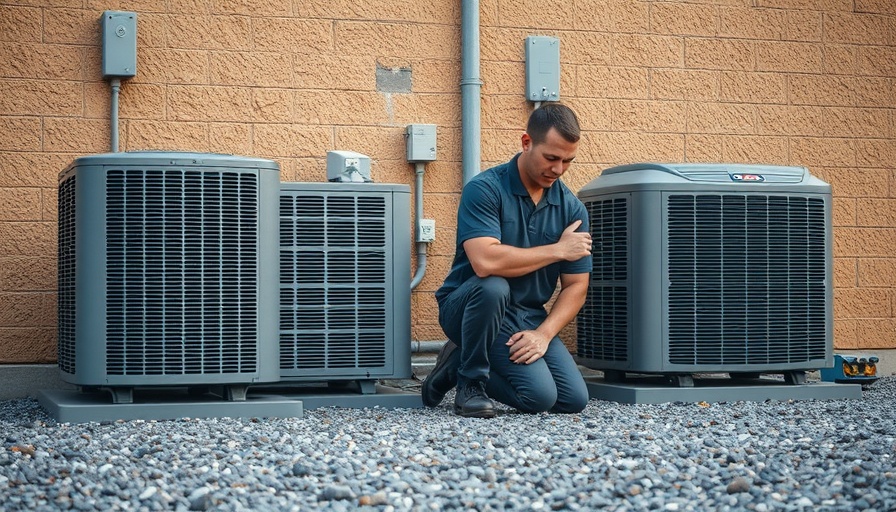
The Rise of Wireless Technology in HVAC
In recent years, wireless technology has transformed the HVAC industry, offering smarter solutions that not only cut costs but also streamline operations. Gone are the days of cumbersome wiring and the potential for costly downtime. With wireless communication systems, HVAC professionals can monitor systems remotely, reducing the need for physical inspections and allowing for quicker responses to potential issues.
Cost Efficiency through Connectivity
Adopting wireless technologies can save businesses significant amounts in operational costs. According to industry experts, companies implementing wireless integrations can experience up to a 30% reduction in maintenance costs, as real-time data access allows for predictive maintenance rather than reactive responses. This shift not only enhances efficiency but also boosts overall customer satisfaction by ensuring systems run smoothly.
Prioritizing Cybersecurity in Innovative Solutions
As HVAC professionals embrace the benefits of wireless systems, a growing concern over cybersecurity arises. With more devices connected to the internet, the risk of cyber threats increases. HVAC companies must prioritize securing their devices with robust software and firewalls. Investing in cybersecurity not only protects proprietary data but also maintains client trust.
The Future of HVAC Technology: Trends to Watch
Looking ahead, the industry is poised for even greater advancements. The integration of smart technology and IoT (Internet of Things) devices is expected to allow for even more seamless communication and efficiency. Moreover, trends indicate a rise in energy-efficient systems that utilize wireless control for better energy management. As regulations around energy usage tighten, such innovations will become critical.
Conclusion: Staying Ahead in HVAC
In the rapidly evolving world of HVAC, embracing wireless solutions is essential. Not only do they offer cost-saving benefits, but they also prepare businesses for future challenges related to cybersecurity and energy efficiency. For HVAC professionals, keeping pace with these trends is crucial for remaining competitive in the market. To ensure continued success, it’s time to make the switch to smarter wireless technologies.
 Add Row
Add Row  Add
Add 




Write A Comment